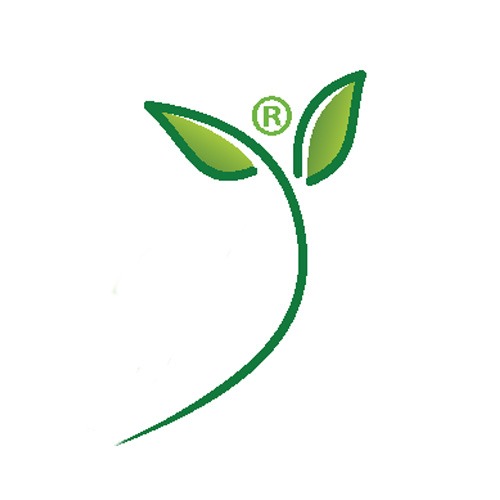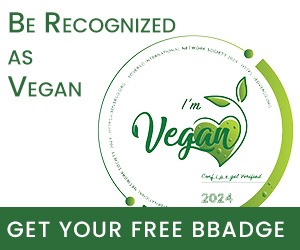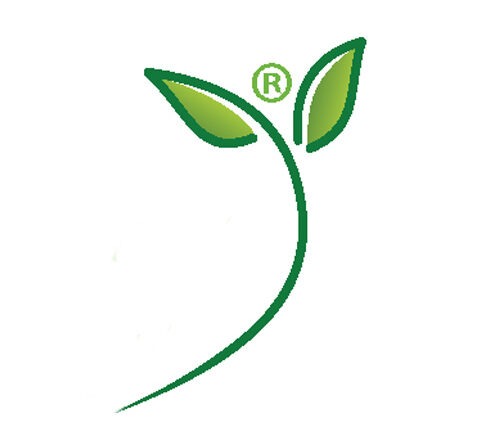As the Grand National gears up again, it’s crucial to examine the harsh truths behind the glamour of horse racing.
In anticipation of the Grand National—a major event notorious for its dangerous impact on horses—the horse racing industry has launched a new welfare campaign named Horse PWR. This initiative appears to be a direct response to increasing scrutiny over horse welfare, particularly focusing on what happens after their racing careers end, and the disturbing trend of horses being sent to slaughter.
The High Cost of Horse Racing
Fatalities on the Track
Since 2000, the Grand National has been responsible for the deaths of 63 racehorses, highlighting the grave risks these animals face. These deaths are often dismissed as part of the sport’s “inherent risks,” a justification not likely to be so readily accepted if human athletes were dying at similar rates.
The Life and Death of Racehorses
In 2022 alone, 175 horses died on British racecourses due to injuries like broken legs or heart attacks. These figures don’t account for those who perish during training or those deemed unsuitable for racing.
What Happens After Racing?
Every year, approximately 13,000 foals are bred within the British and Irish racing sectors, aiming to create champions. However, many of these horses will never compete, let alone win. The fate of horses exiting the racing scene is often shrouded in mystery, with little accountability or tracking of their whereabouts or well-being.
The Truth About Horse Aftercare
A staggering number of these animals disappear each year, with insufficient funding or structured programs to ensure their well-being post-racing. The Horse PWR initiative claims many of these horses lead “acceptable lives” after racing, but the reality may be far grimmer, given the voluntary nature of the industry’s tracking efforts.
The Slaughter of Former Racehorses
The BBC’s Panorama documentary “The Dark Side of Horse Racing” revealed chilling scenes of racehorses being slaughtered. Records indicate that in 2023 alone, 175 racehorses were killed in English abattoirs. This disturbing practice continues despite industry promises to prevent racehorses from entering the slaughter pipeline.
Final Thoughts
As the Grand National approaches, it’s vital to recognize that no industry-led campaign can mask the inherent cruelty of horse racing. The reality is that the industry views these majestic animals as mere commodities, expendable in their quest for profit.
Horse racing is not just a sport but a symptom of a broader societal issue that commodifies animal life for entertainment and profit. It’s time to reject the myths of horse racing as a benign tradition and recognize it for what it truly is: a dangerous and unethical exploitation of animals.








